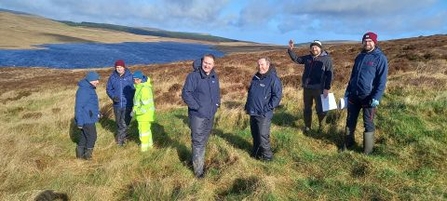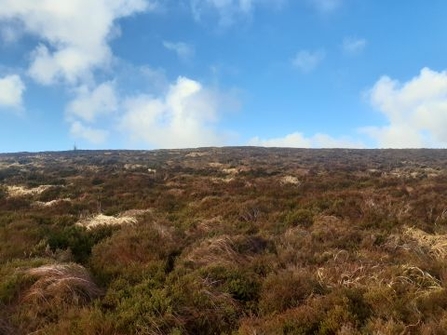The Peatland Code has reached yet another milestone in its development and expansion, with the first registration of a peatland restoration project under the Peatland Code in Northern Ireland. This project was brought forward by RSPB NI, Northern Ireland Water and RPS Group and also marks the first project submitted by the project partnership.
The Peatland Code, which is developed and managed by the IUCN UK Peatland Programme, was recently updated to include more varied peatland habitats than ever before. It is a voluntary certification standard for UK peatland projects wishing to market the climate benefits of peatland restoration, and provides assurances to voluntary carbon market buyers that the climate benefits being sold are real, quantifiable, additional and permanent.


